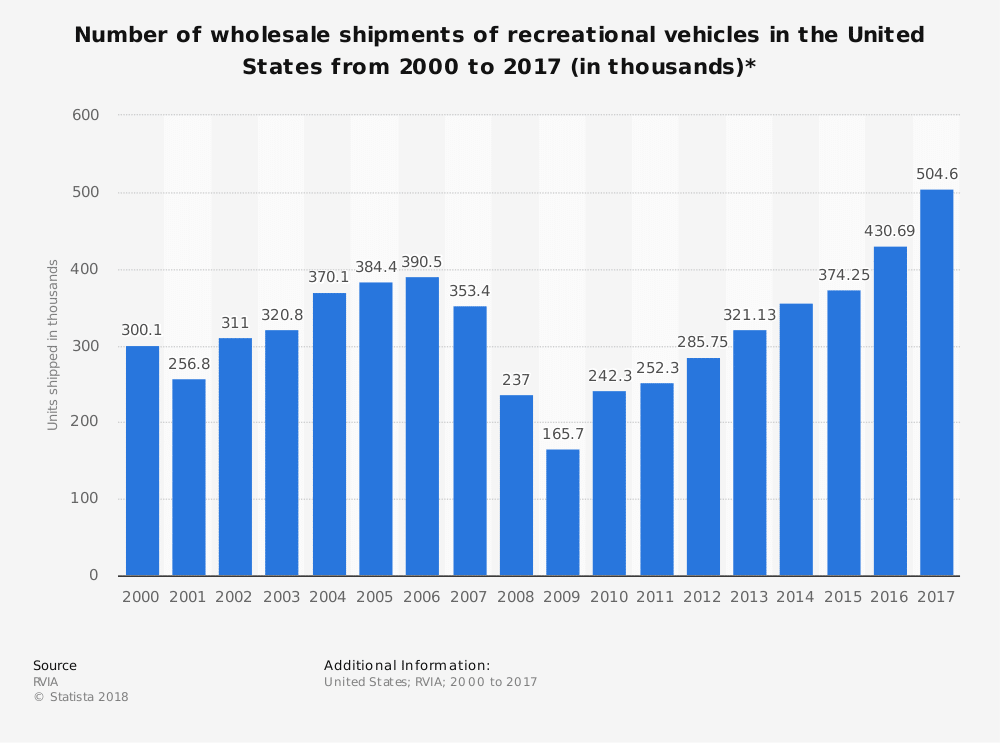You just have to understand that online blogs don't necessarily use great writers. And, freelance writers are frequently more interested in selling a story than they are in checking facts.
First, the writer apparently confuses "Elkhart" and "Elkhart County." While I don't have any data at hand to prove it, I suspect the claim that "Elkhart County, Indiana, where more than two-thirds of RVs in the U.S., along with the appliances and furniture that outfit them, are made" may be, at least, close to true. Note the "county" reference. Nappanee covers portions of both Elkhart and Kosciusko counties, BTW, so Newmar would be included.
In the next breath, however, the author claims that "most manufacturers [are] concentrated in Elkhart—a town of 50,000 where it’s estimated more than 80 percent of all RVs worldwide are built." The last time I took a math class, 66.67" did not equal 80%. Obviously, that is contradictory to the first claim.
Now, Elkhart itself does have a lot of component manufacturers located there, along with regional distribution centers for appliances, etc. If you lump all that together, you MIGHT get a number closer to 66.67%. The claim that 80% of all RVs are built in the City of Elkhart, however, is...in today's fact-checker parlance...at least "three Pinnocios."
TJ
:no_upscale()/cdn.vox-cdn.com/uploads/chorus_image/image/65269559/zack_rosebrugh_header_final.0.png)
:no_upscale()/cdn.vox-cdn.com/uploads/chorus_image/image/65269559/zack_rosebrugh_header_final.0.png)

